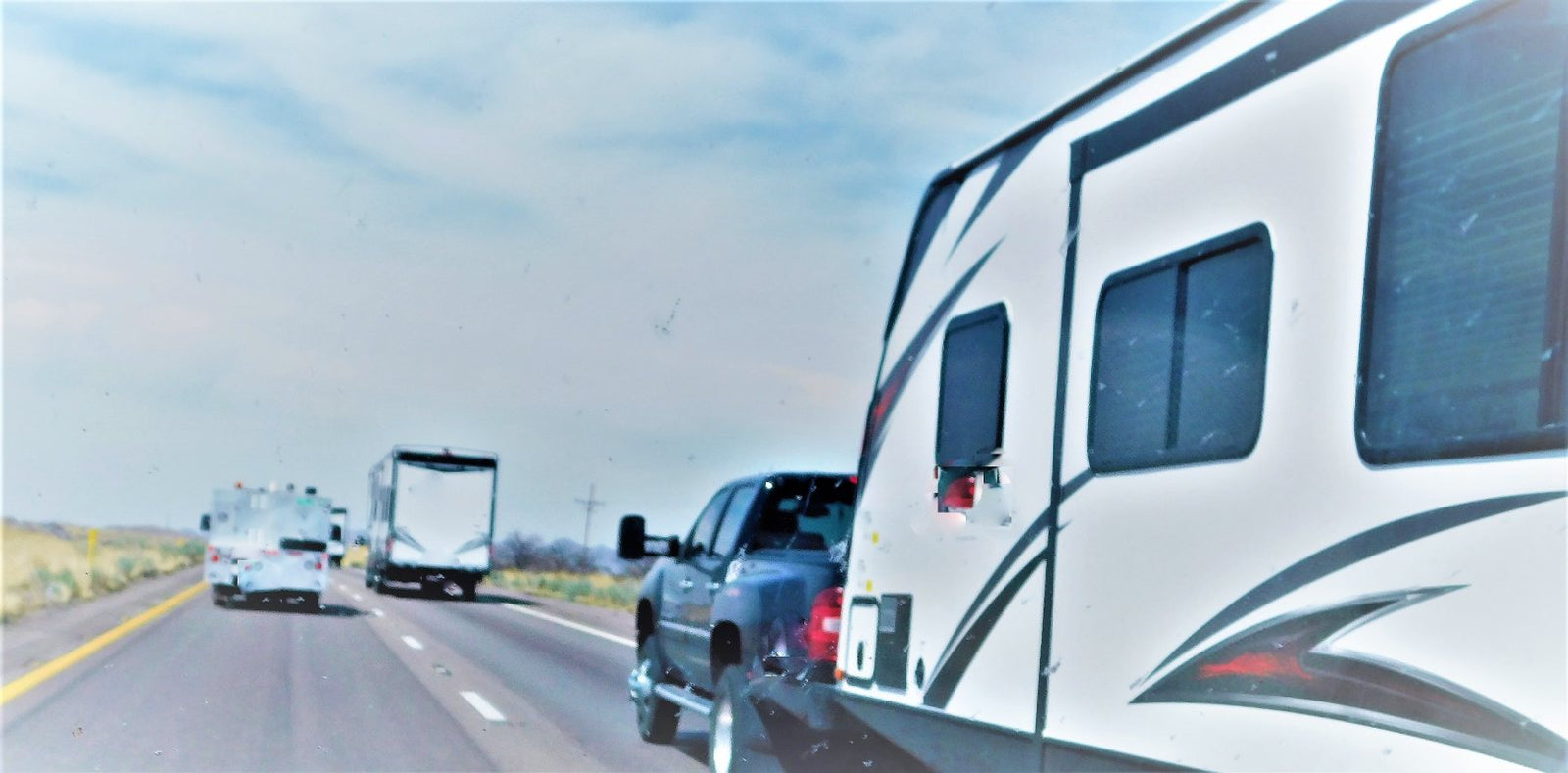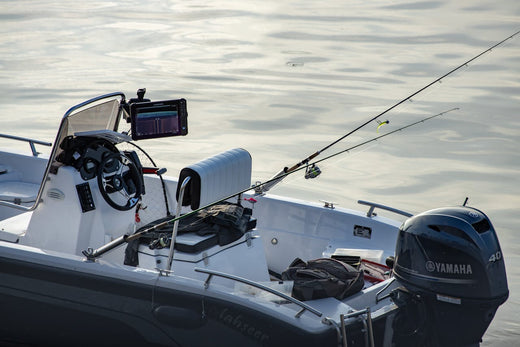Your Cart is Empty
ORDERS OVER $99 UNLOCK FREE* SHIPPING
Menu
-
- Home
- Archery
- Automotive/RV
- Boating
- Camping
- Fishing
- Hunting
- Outdoor
- Shooting
- Trailering
- Watersports
- Brands
-
- (208) 590-7477
- Login

ORDERS OVER $99 UNLOCK FREE* SHIPPING

Trailer brake controllers and their importance in towing safety
2 min read
Table of Contents
Introduction to Trailer Brake Controllers
Trailer brake controllers are essential devices that help maintain towing safety by controlling the braking system of your trailer. They provide the necessary stopping power, reduce wear on your towing vehicle's brakes, and ensure a smoother towing experience overall.

Types of Trailer Brake Controllers
-
Electric trailer brake controllers: These controllers apply the trailer's brakes through an electrical signal sent from the towing vehicle. They offer precise control and can adjust braking force based on the deceleration of the towing vehicle.
-
Hydraulic trailer brake controllers: Unlike electric brake controllers, hydraulic ones use fluid pressure from the towing vehicle's braking system to activate the trailer brakes. They are commonly used in heavy-duty trailers and provide reliable braking performance.
-
Proportional vs. time-delayed brake controllers: Proportional brake controllers apply braking force in proportion to the towing vehicle's deceleration, while time-delayed controllers have a preset delay before applying brakes. Proportional controllers offer smoother braking and are recommended for most towing applications.

Choosing the Right Trailer Brake Controller
-
Considerations for trailer weight and towing vehicle: Match the brake controller's capacity to your trailer's weight and ensure compatibility with your towing vehicle's braking system.
-
Compatibility with trailer braking system: Ensure the brake controller is compatible with the type of brakes installed on your trailer, whether electric or hydraulic.
-
Features and functionality: Look for features such as manual override, boost settings, and diagnostics that enhance control and safety during towing.
-
Budget considerations: Evaluate your budget and choose a brake controller that offers the necessary features within your price range.
Installing and Setting Up a Trailer Brake Controller
-
Gathering necessary tools and equipment: Prepare the required tools, including wiring harnesses, connectors, mounting brackets, and screws.
-
Mounting the brake controller: Choose a suitable location for the brake controller within easy reach of the driver and secure it using the provided mounting brackets.
-
Wiring connections: Follow the brake controller manufacturer's instructions to connect the controller to the towing vehicle's electrical system, ensuring proper wire routing and secure connections.
-
Adjusting braking sensitivity: After installation, adjust the brake controller's settings to match your towing preferences and achieve the desired braking sensitivity.
Maintenance and Troubleshooting of Trailer Brake Controllers
-
Regular inspection and cleaning: Periodically inspect the brake controller for any signs of damage or corrosion. Clean the controller and connections to maintain optimal performance.
-
Brake controller error codes and troubleshooting tips: Familiarize yourself with the error codes and troubleshooting guidelines provided by the manufacturer. Follow the recommended steps to resolve common issues.
-
Professional assistance when needed: If you encounter persistent problems or are unsure about any aspect of the brake controller's operation, seek professional assistance from a qualified technician.
By following these steps, you can choose, install, and maintain a trailer brake controller effectively, ensuring the safety and smooth operation of your towing experience.



